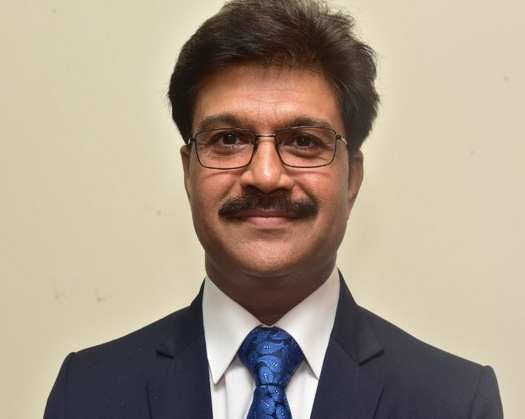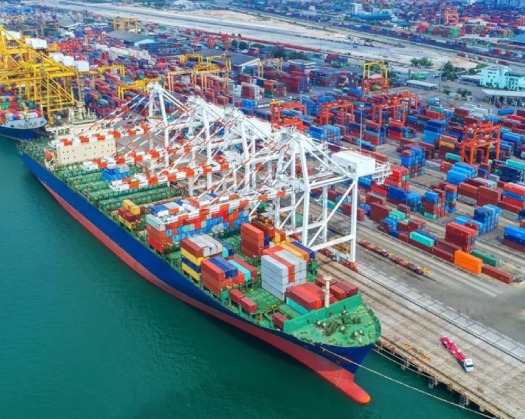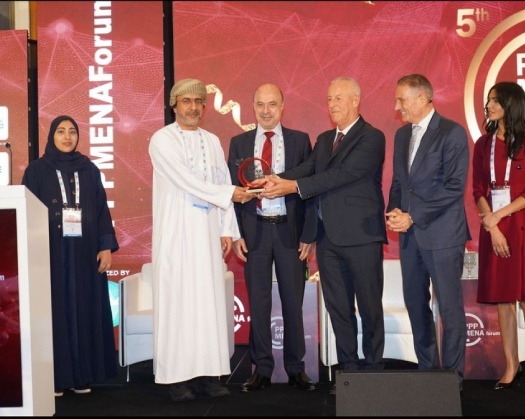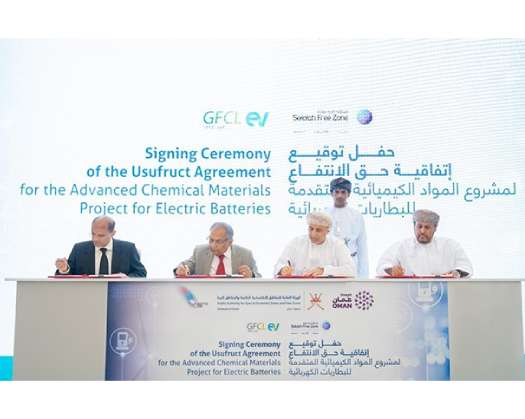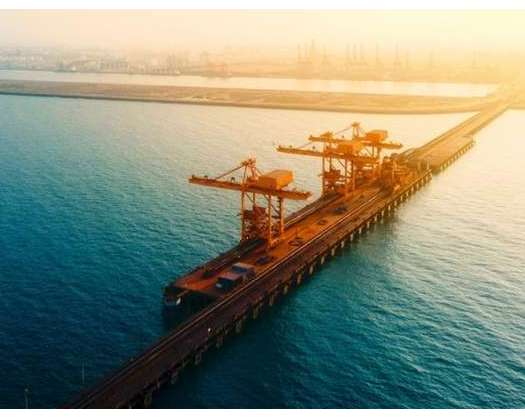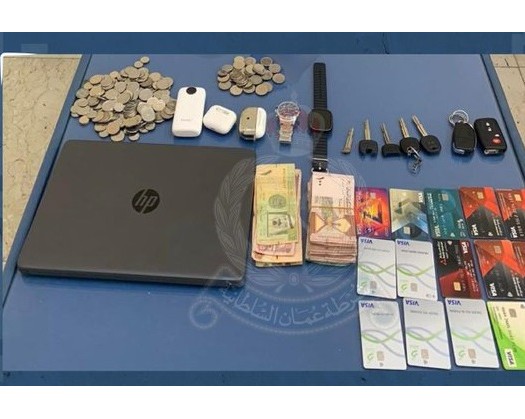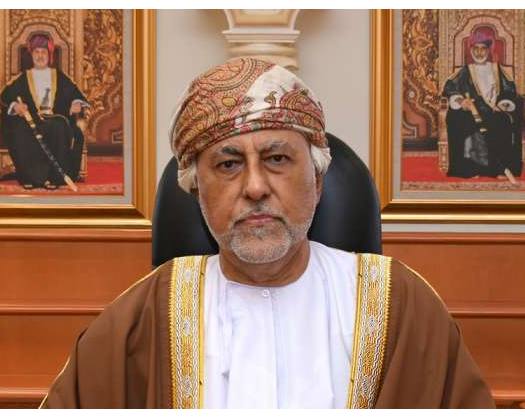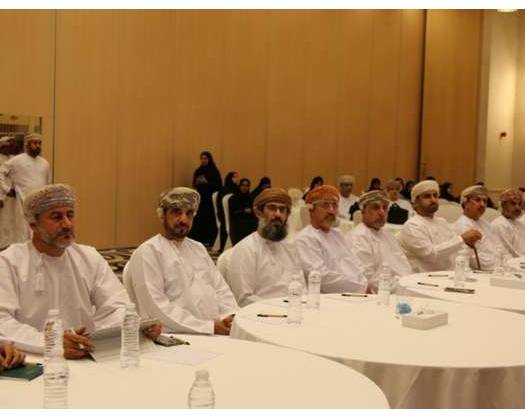New Delhi: An official announced that India's largest LPG cavern is expected to commence operations by April, during the India Energy Week 2025.
Amit Garg, Director of Hindustan Petroleum Corporation Limited (HPCL), informed reporters that this significant LPG cavern is being developed at HPCL's LPG import terminal in Mangalore. He noted that the cavern is engineered to hold 80,000 Metric Tons of LPG, showcasing exceptional engineering capabilities.
Garg explained that the rock cavern, situated in granitic gneiss, functions based on hydraulic containment principles.
The Mangalore cavern reaches remarkable depths, with its base located 141 meters below mean sea level and its operational shaft extending to 156 meters. He emphasized that this depth is crucial for maintaining hydrostatic pressure, which securely contains the LPG. The cavern was created using the "drill and blast" technique, although the process faced several challenges along the way.
Additionally, Garg highlighted that the cavern comprises four main components. These include a 1.1 KM access tunnel for the removal of rock debris from the various branching tunnels, as well as upper and lower water curtain galleries. This sophisticated two-tier water curtain system incorporates 13 KM of vertical and inclined boreholes to ensure the safe containment of LPG.
The facility includes primary storage galleries measuring 18 meters in width and reaching a height of 21 meters, comparable to a seven-story building, specifically designed for LPG storage. An operational shaft with a diameter of 6.5 meters and a depth of 164.5 meters is constructed to accommodate submersible LPG pumps, filling lines, and essential instruments for the facility's functionality.
This underground storage is crucial for addressing the rising energy demands throughout India. The Mangalore LPG Import Facility (MLIF) is strategically situated, taking advantage of its location to facilitate efficient dispatch via multiple transportation methods.
The cavern will import LPG through the New Mangalore Port and distribute it to the Mangalore LPG bottling plant, as well as to road and rail tankers at MLIF and cross-country pipelines extending to Mysore, Bengaluru, and Hyderabad. Consequently, this facility will meet the LPG needs of Southern and Central India, ensuring a reliable supply across these regions, as noted by Garg.
The Mangalore LPG cavern project not only represents a significant milestone for HPCL but also highlights India's advancing capabilities in engineering and energy infrastructure, according to him.
